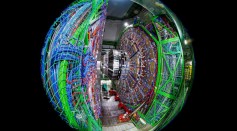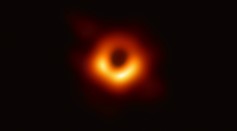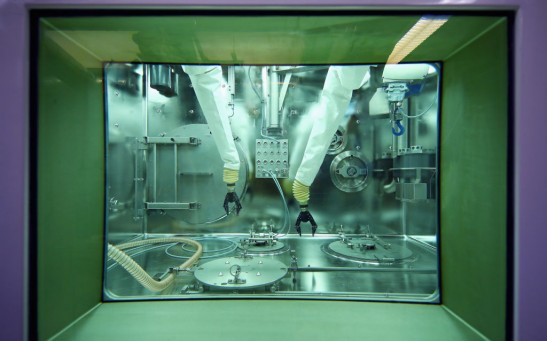Higgs Boson

Dark Matter Could Be Made of ‘Scalar Bosons;’ Researchers Contend in New Research

8 Amazing Science News That Filled the Airwaves This Decade
Selling His Most Prized Possession-The Nobel Prize
Research on a Grand Scale: Over 5,000 Scientists Come Together for Record-Breaking Publication
Homer Simpson Discovered Higgs Boson 14 Years Before Scientists
CERN May Not Have Found Higgs Boson, But They Found A New Director-General
The Man Behind the Theorem—CERN Artwork Pays Homage to John Stuart Bell
Could A Techni-Particle Save Us from the Universe’s Undoing?
Could Large Hadron Collider Discovery Be Something Else? Researchers Look to Techni-Higgs Particles
Most Popular

How Technology Is Changing the Real Estate Industry?

How a Plant-Based Diet Can Protect Against Breast Cancer: Insights from Nutrition Research

Study Reveals High Turnover in Scientific Research Careers: What This Means for Future Scientists

Why It's So Difficult to Lose Weight: The Biological Explanation Behind Obesity






